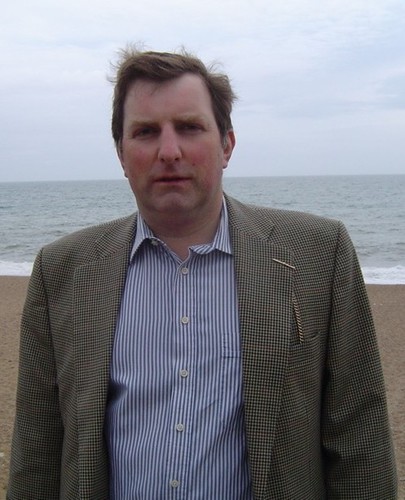Three great eigenmodes
Societies have existed so far in three basic eigenmodes. (Some might argue for a fourth eigenmode; see below.)
I have described two of these eigenmodes already: hunter-gatherers such as the San, and cities such as New York. The third eigenmode is intermediate between these two. It consists of societies whose members grow their own food and live in isolated settlements with no formal governmental structures.
Let us characterise these eigenmodes more closely...
If you brought some ancient Romans to modern New York and asked them to buy a bottle of win in a shop, then, apart from the language issue, they would understand exactly what was involved. They would be familiar with shops and money. They would also recognise other aspects of the city such as street signs, public and private buildings, and even wheeled vehicles (though they might be surprised at these being self-propelled).
By contrast, if you brought to New York some people who had lived all their lives in an isolated New Guinea village and asked them to buy wine in a shop, they would have little idea what you were talking about. They would find the whole environment of the city unfamiliar and bewildering.
(Nevertheless, a New Guinea highlander might be at home with particular pieces of technology, such as a transistor radio, where the Roman would not have a clue, so this is not an issue of mental capacity.)
This reflects the fact that the ancient Romans, though they lived two millennia ago, were in the same social eigenmode as modern city-dwellers, whereas the inhabitants of a 21st century village cut off in the highlands of New Guinea, are in a different eigenmode.
Some might say that there should be an intermediate eigenmode, that of the 'chiefdom', between the village and the city. A chief's authority is more permanent and formal than that of the village big man, but less formal than that of a city government. For example, the chief collects tribute, unlike a big man, but this falls short of a proper taxation system. However...
- While the chiefdom is indeed distinctive, the existence of three basic eigenmodes can nevertheless be accounted for by factors that I will explain shortly (in another post). I therefore prefer to see chiefdoms as eigenmode "2½" (with the village as 2 and the city as 3).
- Although there are three basic eigenmodes, there may be many variations on them. A Roman city has its basic features in common with a modern city, but in detail obviously there are differences. Both are eigenmodes in the sense of being self-consistent solutions to the problems of social living. However, in comparison with Rome, the modern city solves the problems with more extensive economic specialisation, more effective policing, higher population density, and a greater ratio of urban to rural population.
It remains a valid question whether there can be a fourth eigenmode beyond the three outlined above, i.e. one that has not yet been realised. I believe the answer may be yes, but I need to discuss other things before I can talk about this properly.



